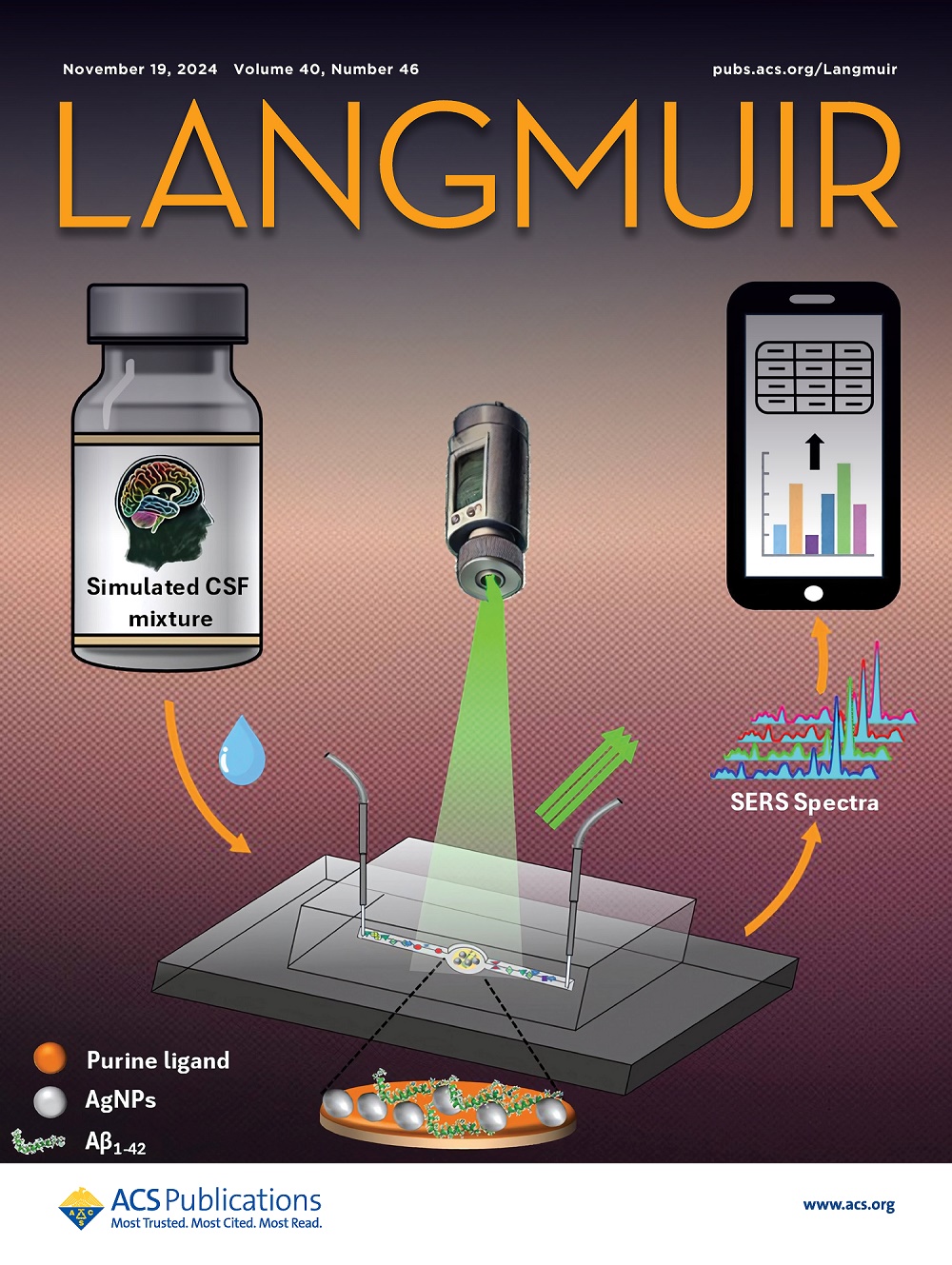Nitrogen Pyrolysis-Induced Enhancement of Active Sites in an Algae Residue for an Electrochemical Dopamine Biosensor
IF 3.7
2区 化学
Q2 CHEMISTRY, MULTIDISCIPLINARY
引用次数: 0
Abstract
As a kind of biomass, the seaweed residue will cause resource waste and environmental pollution if it is discharged as waste at will. As a cheap and easy biomass residue, its reuse has attracted more and more attention, and it has tapped the unexplored potential of renewable biological resources. In this study, we synthesize a carbon aerogel (CA) derived from an algae residue, which is utilized as an electrocatalyst for constructing an electrochemical dopamine (DA) biosensor. Utilizing the heightened disorder of carbon within CAs that was achieved through high-temperature pyrolysis and the augmentation of active sites, CAs show excellent electrocatalytic performance in the detection of DA and can selectively detect DA with a detection limit of 0.033 μM. Furthermore, the DA electrochemical biosensor is also employed to detect real samples with satisfactory reproducibility and stability. This study not only confirms the feasibility of introducing active defects to improve catalytic performance but also extends the application of the algae residue in electrochemical sensors for monitoring various biomolecules.

求助全文
约1分钟内获得全文
求助全文
来源期刊

Langmuir
化学-材料科学:综合
CiteScore
6.50
自引率
10.30%
发文量
1464
审稿时长
2.1 months
期刊介绍:
Langmuir is an interdisciplinary journal publishing articles in the following subject categories:
Colloids: surfactants and self-assembly, dispersions, emulsions, foams
Interfaces: adsorption, reactions, films, forces
Biological Interfaces: biocolloids, biomolecular and biomimetic materials
Materials: nano- and mesostructured materials, polymers, gels, liquid crystals
Electrochemistry: interfacial charge transfer, charge transport, electrocatalysis, electrokinetic phenomena, bioelectrochemistry
Devices and Applications: sensors, fluidics, patterning, catalysis, photonic crystals
However, when high-impact, original work is submitted that does not fit within the above categories, decisions to accept or decline such papers will be based on one criteria: What Would Irving Do?
Langmuir ranks #2 in citations out of 136 journals in the category of Physical Chemistry with 113,157 total citations. The journal received an Impact Factor of 4.384*.
This journal is also indexed in the categories of Materials Science (ranked #1) and Multidisciplinary Chemistry (ranked #5).
 求助内容:
求助内容: 应助结果提醒方式:
应助结果提醒方式:


